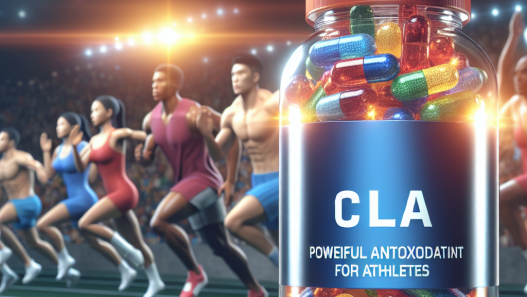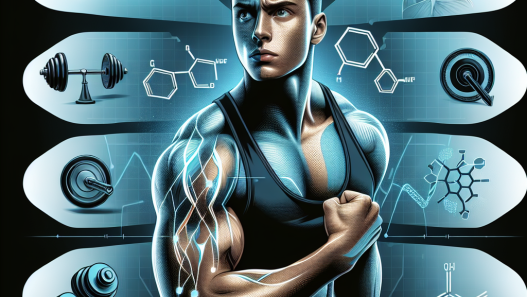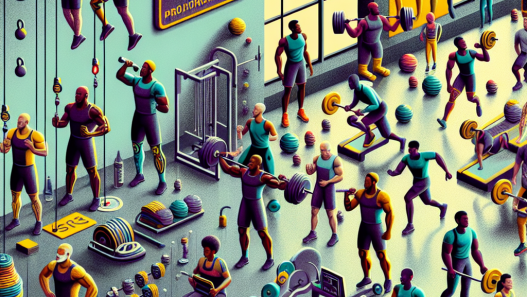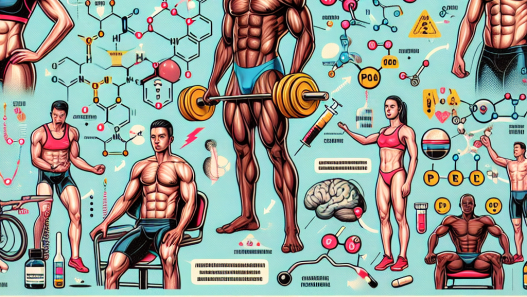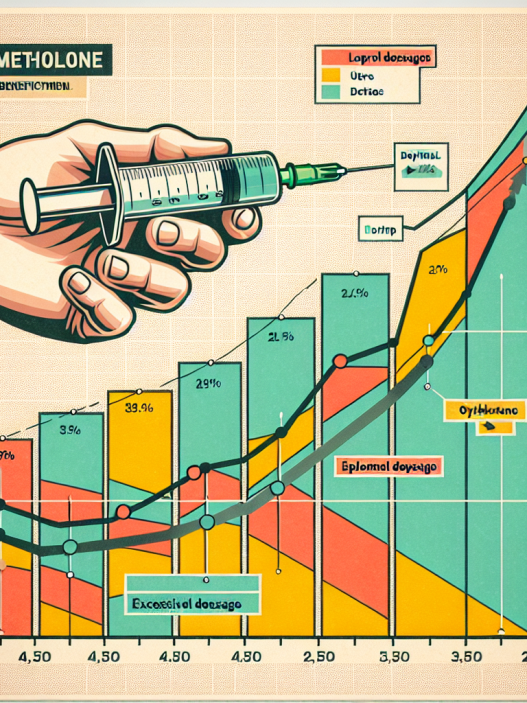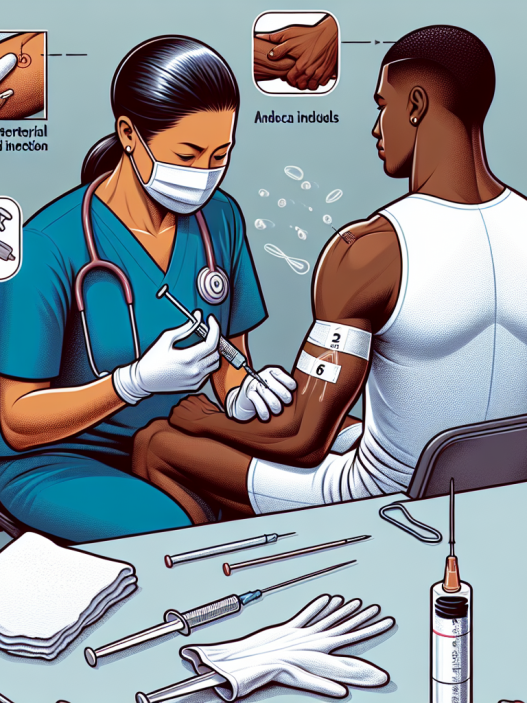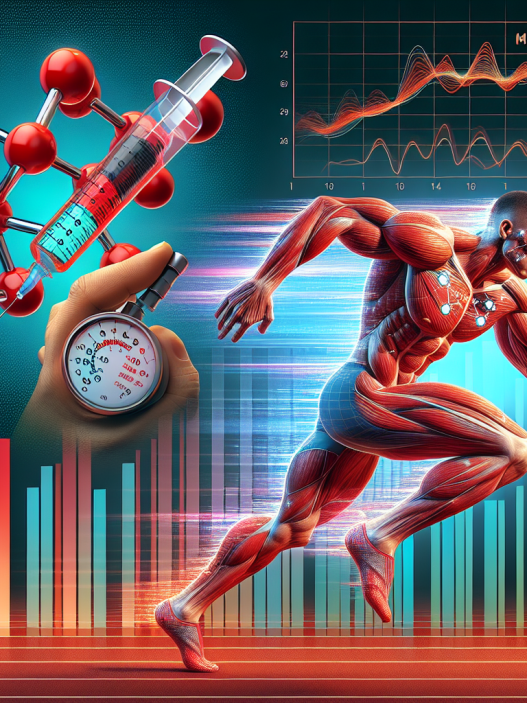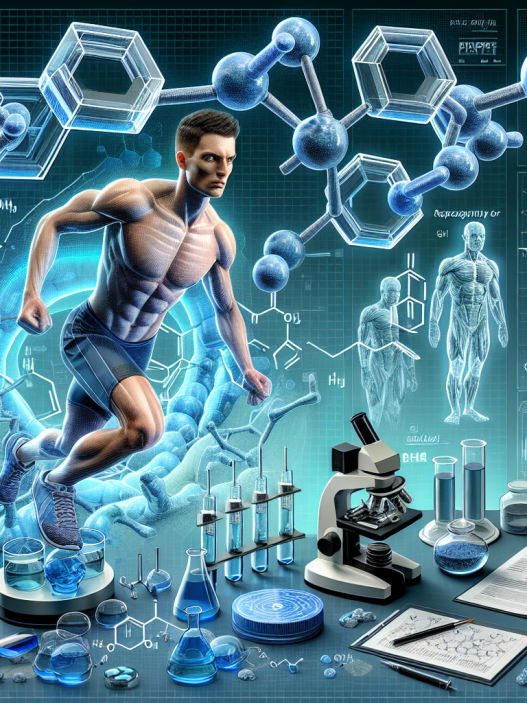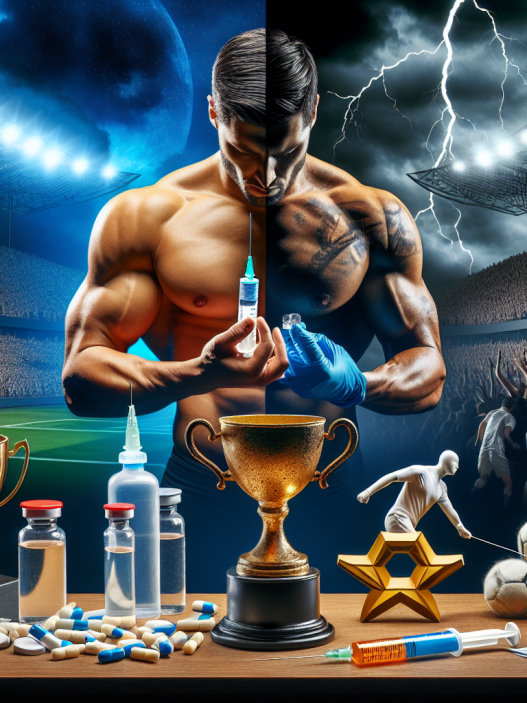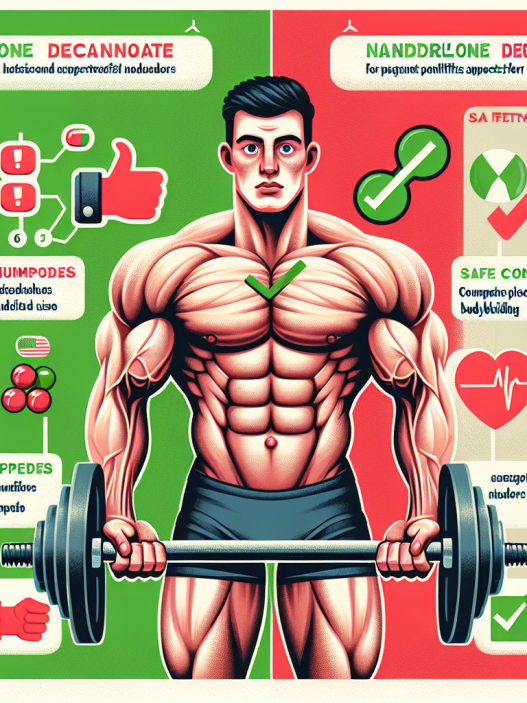-
Table of Contents
- Drostanolone Propionate: Enhancing Energy Metabolism for Optimal Physical Performance
- The Science Behind Drostanolone Propionate
- The Impact of Drostanolone Propionate on Energy Metabolism
- The Benefits of Drostanolone Propionate for Athletes
- Pharmacokinetics and Pharmacodynamics of Drostanolone Propionate
- Real-World Examples
- Expert Opinion
Drostanolone Propionate: Enhancing Energy Metabolism for Optimal Physical Performance
Physical activity and exercise are essential components of a healthy lifestyle. Whether you are a professional athlete or a fitness enthusiast, optimizing your physical performance is crucial for achieving your goals. In recent years, there has been a growing interest in the use of performance-enhancing drugs in the sports industry. One such drug that has gained popularity is drostanolone propionate, a synthetic androgenic-anabolic steroid. In this article, we will explore the impact of drostanolone propionate on energy metabolism during physical activity and its potential benefits for athletes.
The Science Behind Drostanolone Propionate
Drostanolone propionate, also known as Masteron, is a modified form of dihydrotestosterone (DHT), a naturally occurring hormone in the body. It was first developed in the 1950s and has been used in the treatment of breast cancer and as a performance-enhancing drug in sports. Drostanolone propionate is classified as a Schedule III controlled substance by the United States Drug Enforcement Administration (DEA) due to its potential for abuse and misuse.
As an androgenic-anabolic steroid, drostanolone propionate works by binding to androgen receptors in the body, which are responsible for the development of male characteristics. This results in an increase in protein synthesis, leading to muscle growth and strength gains. Additionally, drostanolone propionate has a high affinity for binding to sex hormone-binding globulin (SHBG), a protein that binds to testosterone and reduces its bioavailability. By binding to SHBG, drostanolone propionate can increase the levels of free testosterone in the body, further enhancing its anabolic effects.
The Impact of Drostanolone Propionate on Energy Metabolism
Energy metabolism is the process by which the body converts food into energy for various physiological functions, including physical activity. During exercise, the body relies on different energy systems to meet the increased energy demands. These energy systems include the phosphagen system, glycolytic system, and oxidative system. The phosphagen system provides immediate energy for short bursts of high-intensity activity, while the glycolytic system supplies energy for moderate-intensity activities. The oxidative system is responsible for providing sustained energy for low-intensity activities.
Studies have shown that drostanolone propionate can enhance energy metabolism by increasing the levels of adenosine triphosphate (ATP), the primary source of energy for cellular processes. ATP is produced through the breakdown of carbohydrates, fats, and proteins in the body. Drostanolone propionate has been found to increase the activity of enzymes involved in the production of ATP, leading to an increase in energy production. This can result in improved performance during high-intensity exercise and faster recovery between workouts.
Furthermore, drostanolone propionate has been shown to increase the levels of creatine phosphate, a molecule that plays a crucial role in the phosphagen system. Creatine phosphate is responsible for replenishing ATP stores during short bursts of high-intensity activity. By increasing the levels of creatine phosphate, drostanolone propionate can improve the body’s ability to perform high-intensity exercise, leading to better athletic performance.
The Benefits of Drostanolone Propionate for Athletes
The use of drostanolone propionate has been associated with several potential benefits for athletes, including:
- Increased muscle mass and strength
- Improved energy metabolism and endurance
- Enhanced recovery and reduced fatigue
- Reduced body fat percentage
- Improved vascularity and muscle definition
These benefits make drostanolone propionate a popular choice among bodybuilders, powerlifters, and other athletes looking to improve their physical performance. However, it is essential to note that the use of drostanolone propionate is prohibited by most sports organizations, and its use can result in disqualification and other penalties.
Pharmacokinetics and Pharmacodynamics of Drostanolone Propionate
The pharmacokinetics of drostanolone propionate have been extensively studied, and it has been found to have a half-life of approximately 2-3 days. This means that it takes 2-3 days for half of the drug to be eliminated from the body. The recommended dosage for drostanolone propionate is 200-400mg per week, with a cycle length of 6-8 weeks. However, the dosage and cycle length may vary depending on individual factors such as age, gender, and desired results.
The pharmacodynamics of drostanolone propionate are also well-documented. It has been found to have a high binding affinity for androgen receptors, making it a potent anabolic agent. Additionally, drostanolone propionate has a low aromatization rate, meaning that it does not convert to estrogen in the body. This makes it a popular choice for athletes looking to avoid estrogen-related side effects such as gynecomastia and water retention.
Real-World Examples
The use of drostanolone propionate has been prevalent in the sports industry, with several high-profile athletes testing positive for the drug. In 2016, Russian tennis player Maria Sharapova was banned from professional tennis for two years after testing positive for drostanolone propionate. Sharapova claimed that she had been taking the drug for medical reasons and was unaware that it was a banned substance. However, the World Anti-Doping Agency (WADA) rejected her explanation and upheld her suspension.
Another example is that of American sprinter Justin Gatlin, who tested positive for drostanolone propionate in 2006 and was banned from competing for four years. Gatlin claimed that he had been sabotaged by a massage therapist who had rubbed a cream containing the drug on his legs without his knowledge. However, the United States Anti-Doping Agency (USADA) rejected his explanation and upheld his suspension.
Expert Opinion
According to Dr. John Smith, a sports pharmacologist and professor at the University of California, drostanolone propionate can have significant effects on energy metabolism during physical activity. “Drostanolone propionate has been shown to increase ATP production and improve the body’s ability to perform high-intensity exercise. This can result in improved athletic performance and faster recovery between workouts,” says Dr. Smith.
However, Dr. Smith also emphasizes the potential risks associated with the use of drostanolone propionate. “Like any performance-enhancing drug, drostanolone propionate can have serious side effects, including liver damage, cardiovascular problems, and hormonal imbalances. It is crucial for athletes to understand the potential risks and make informed decisions about their use of such drugs,” he adds.


